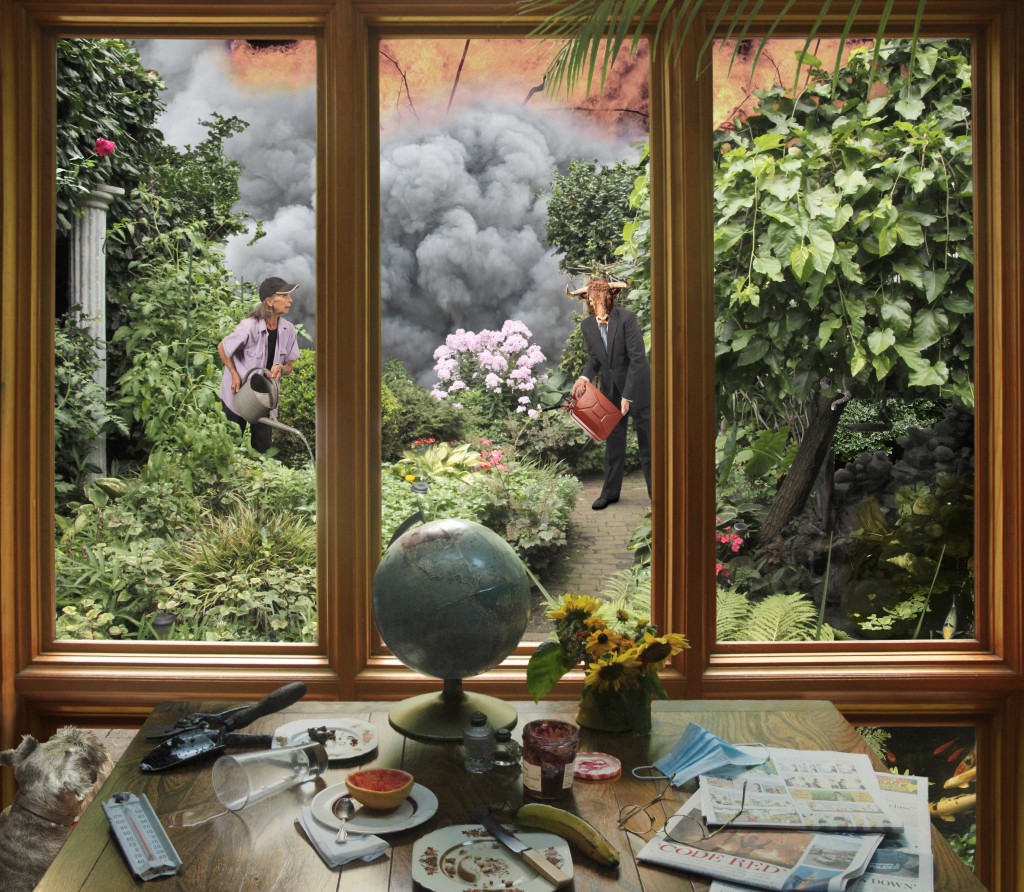Carole Condé started early. In 1953, at the age of 12, she won a pony in a Jaycees colouring contest in Hamilton, Ontario. In 1956 she attended Ontario College of Art (OCA) in Toronto at the age of 16. A year and a half later she married and soon after gave birth to her son Craig and four years later to her daughter Simara.
On a fateful August evening in 1966, at a café in Yorkville, she met Karl Beveridge, her life-long partner and collaborator. She had her first solo exhibition at the Pollock Gallery in Toronto in 1968. In 1969, she moved to New York where she soon joined Lucy Lippard’s Women’s Ad Hoc Committee which led to intense political discussions with Karl on the reception of women in the arts.
In 1975 Carole joined the Art & Language group through her friendship with A&L members Ian Burn and Mel Ramsden. She participated in the magazine/journal The Fox and later Red Herring that published political critiques of the art world. The same year, she and Karl began working together and produced work for their controversial exhibition, It’s Still Privileged Art, at the Art Gallery of Ontario that opened in January, 1976. The exhibition challenged the role cultural institutions play in maintaining the values of a capitalist economic and social system. The AGO was not pleased. She moved back to Toronto at the beginning of 1978.
In 1980 Carole and Karl approached the United Steelworkers union to do a project on one of the many first contract strikes by women in Ontario. It was then that she met D’Arcy Martin, the education director with the Steelworkers. He introduced her to the women at Radio Shack with whom she produced Standing Up, her first photo series with union members. She has worked with D’Arcy on several projects with different unions since.
Working with unions was not only about the project itself but involved an exchange. While workers would talk about their experiences at work, Carole would talk about the nature and politics of working in the arts and the importance of culture to working people and unions. It was in this spirit that she was involved in the founding of the Mayworks festival and the Workers Arts and Heritage Centre (WAHC) along with the establishment of cultural committees in the union movement.
Inspired by contemporary union banners in Australia, Carole began making union banners in 1990. She produced 18 union and union affiliated banners; the last one for WAHC in Hamilton.
Carole undertook many projects that looked at environmental issues, some of which were produced in collaboration with unions, others with environmental groups such as Greenpeace and some portraying her own environmental concerns. Health care was another issue resulting in three major works with health care workers. She also dealt with political issues such as the fight against Free Trade in 1989, the protests against neo-liberal globalization in Quebec City in 2002 and later in Toronto in 2010, and the recent rise of the far-right.
The last piece Carole and Karl produced together, in the midst of the pandemic lock-down, was Carole’s Garden. Photographed out her back window, it portrays Carole watering her garden, while a corporate suit pours gasoline on a raging fire in the background.
One of the last events Carole attended was to receive the Governor General’s Award in the visual and media arts for 2022. Her last outing was to the AGO in support of the striking AGO workers. They won their strike.
